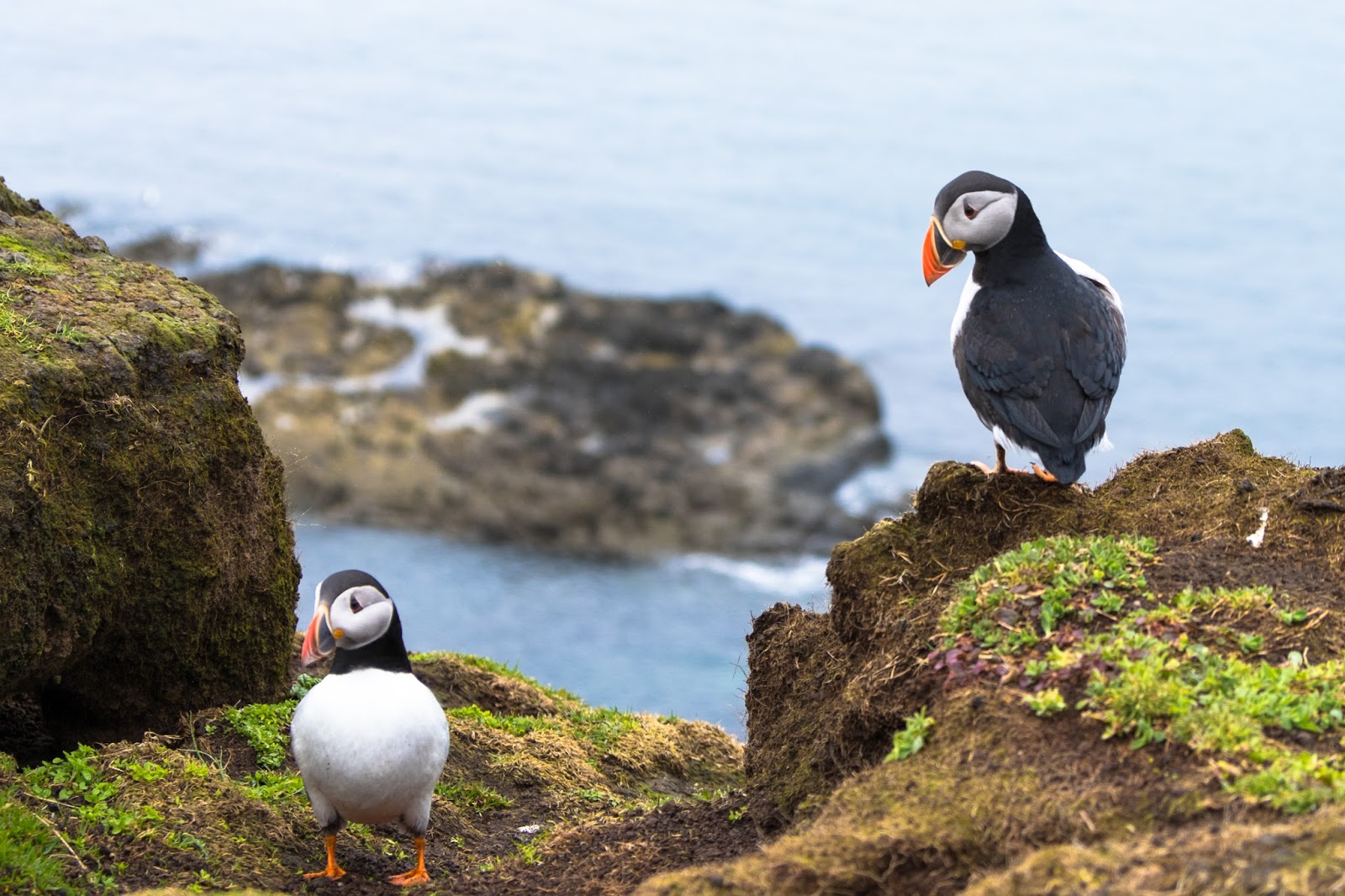


See also: Aperture & F-Stop in Landscape Photography for Beginners.Also, be sure to check the background for unwanted objects, such as another puffin’s wing poking out of the head of the puffin in the foreground, or other things that might be distracting! You can also try laying down on the ground when the puffin is nearby to keep yourself steady and unnoticed whilst creating good subject isolation. You will also need to pay attention to the distance between yourself and the puffin as again, the greater the distance, the better the background will look! The greater the distance, the better the background blur will be. The first thing you’ll need to do is to make sure there is a good distance between the puffin and the objects behind it, such as a cliff face, rocks, grass or even flowers. This can be difficult, simply because the puffin may not tolerate you walking around it to plan your shot and also because it may decide to walk around a lot by itself! Photo by: 'Iurie Belegurschi'.įor a beautiful, clean background or to create a gorgeous bokeh effect behind the puffin, you will need to isolate the bird from the background. So instead of shooting wide open at f/1.4, try stopping down to f/8 with a higher ISO, which will allow you to capture more parts of the puffin in focus without blurring other important aspects.Ĭreating bokeh with a puffin.
#Puffin pictures full
When photographing puffins, the aim is to retain the bird in full detail, rather than just focusing on one eye or blurring its back or tail. Anything around 1/250 to 1/800 of a second will be great to keep them sharp! Depth of Field In some cases, a slightly slower shutter speed may be okay, depending on how fast the puffin is moving or flying.įor puffins that are just sitting around and not being active, you can use a slower shutter speed. However, if you want to freeze the action, then try setting your shutter speed between 1/1000 and 1/1600 of a second. To create a feeling of motion, you can shoot at a slightly slower shutter speed to blur the puffin’s wings. To capture them at their best, you will need to maintain a fast shutter speed – particularly when they are in flight! Puffins are small birds that can move very quickly.

There is nothing appealing about a photo of a puffin that is soft, out of focus or noisy! Although noise can be dealt with in post-processing, lost detail cannot be recovered, so make sure to get your settings right in-field. It will also give you the opportunity to use a slower shutter speed if you want, as well as to reduce noise by shooting at a lower ISO. Shooting on a tripod will allow you to maintain clear and sharp shots. If you are using a telephoto lens ranging anywhere from 200mm to 600mm, then a good tripod system is a must, simply because you will find it very difficult to hand-hold a heavy lens like one of these without shaking! See also: The Best Lenses for Wildlife Photography.So when choosing a lens, pick one that has a faster aperture, ranging anywhere from f/1.4 to f/2.8.
#Puffin pictures iso
As such, maintaining a fast shutter speed with low ISO is important. In addition to a long lens, keep in mind that when photographing puffins, you will want clear and sharp shots that bring out the details, while creating a soft out-of-focus effect for the background. If you want to take it one step further then of course, you can always invest in a 400mm or a 600mm, depending on how far away you want to be and how close you want to get! Therefore, a long lens – such as a telephoto zoom – is the perfect length to quietly and successfully capture puffins on your camera.Īnywhere from a 70-200mm or a 300mm lens will be just fine. Which Lenses Are Best to Photograph Puffins?Ī major part of puffin photography is being able to sneak around without being noticed, so as not to distract or disturb the birds by causing them to fly away.


 0 kommentar(er)
0 kommentar(er)
